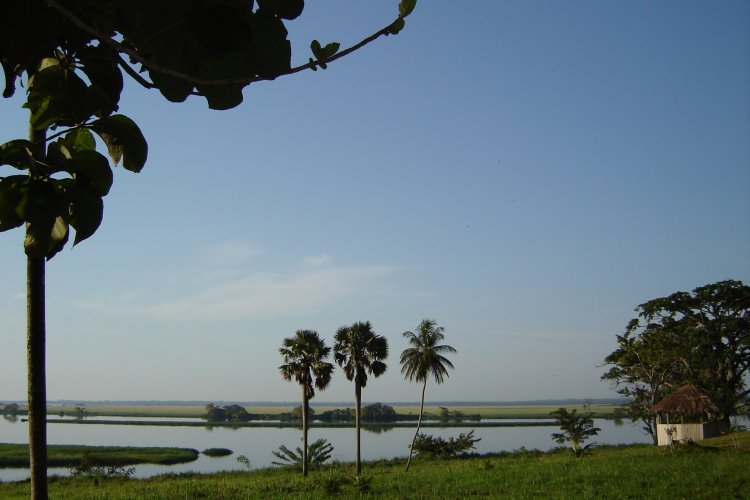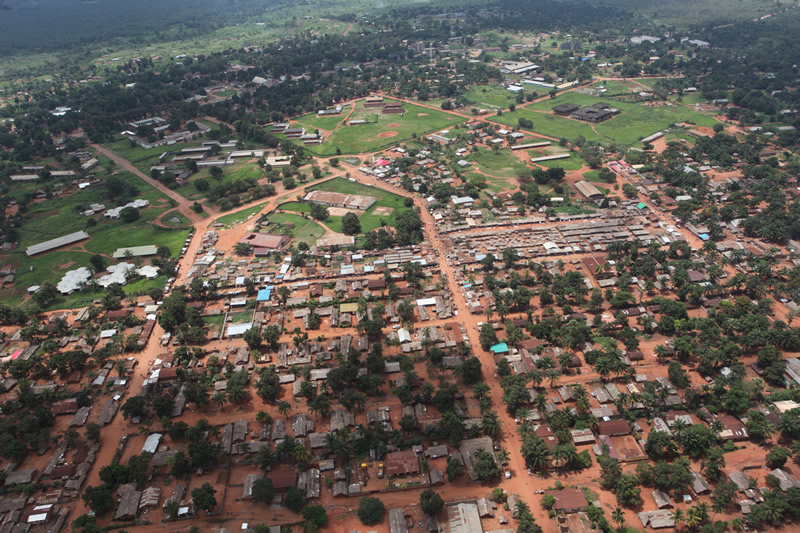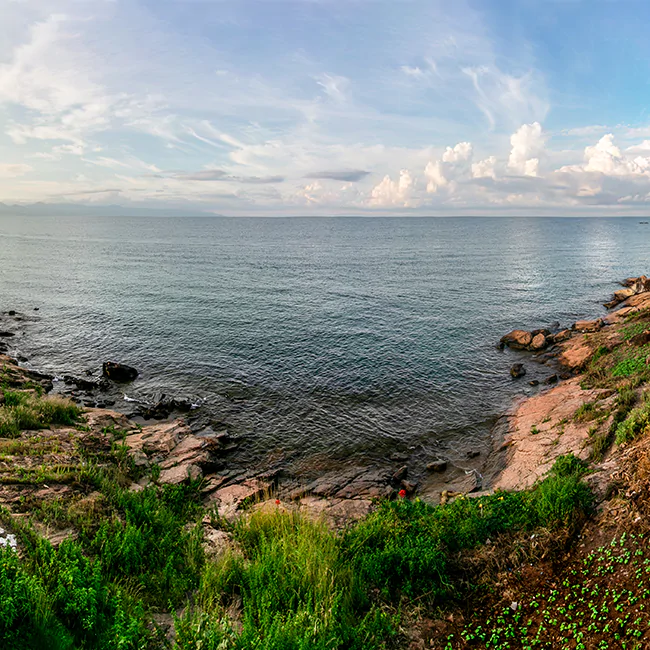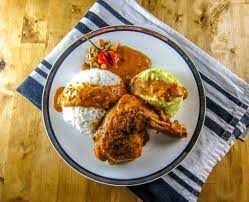Democratic Republic of the Congo travel tips
Democratic Republic of the Congo travel tips: In Central Africa, is rich in biodiversity, minerals, and cultural diversity, facing historical challenges and conflicts.
Provinces 🌎
Democratic Republic of the Congo travel tips. Here is a list of all the provinces of the Democratic Republic of the Congo.

Kongo Central

Bas-Uélé

Équateur

Haut-Katanga

Ituri

Haut-Lomami

Kasaï Central

Haut-Uélé

Kasaï-Oriental

Kwango

Kwilu

Kinshasa City

Kasaï

Lomami

Lualaba

Maniema

Mai-Ndombe

Mongala

Nord-Kivu

Nord-Ubangi

Sankuru

Sud-Kivu

Sud-Ubangi

Tanganyika

Tshopo

Tshuapa
Before you go 🛩
Important information you should know before your trip
Info

Capital | Kinshasa
Flag Codes:
ISO alpha-2 CD,
ISO alpha-3 COD
Currency
Badge | Congolese Franc
CODE | CDF
NUMBER | 976
SYMBOL | Fr
FRACTION | penny
Mobile Coverage
Dialing Code | +243
SIM Card
Coverage | 3G / 4G / 5G |
Mobile Networks | Africell | Airtel | Orange Mobile | Vodacom |

Location
The Democratic Republic of the Congo (DRC), often referred to as Congo-Kinshasa to distinguish it from its neighbor, the Republic of the Congo (Congo-Brazzaville), is a country located in central Africa. It is the largest country in sub-Saharan Africa and the second-largest country in Africa by land area. Here are some key details about the location of the Democratic Republic of the Congo:
Geographical Coordinates: The DRC is situated approximately between 4° N and 13° S latitude and 12° E and 31° E longitude.
Capital City: The capital city of the Democratic Republic of the Congo is Kinshasa, which is located in the western part of the country along the Congo River. Kinshasa is one of the largest cities in Africa.
Geography: The DRC has a diverse geography that includes dense rainforests in the central and western regions, savannas and plateaus in the south and east, and mountainous areas in the eastern part of the country. The Congo River, one of the world’s longest rivers, flows through the country from east to west.
Islands: The DRC also includes several islands in the Atlantic Ocean, notably the islands of São Tomé and Príncipe.
The Democratic Republic of the Congo is known for its vast size, rich natural resources, and complex history. It has a diverse population comprising numerous ethnic groups and languages. The country’s geographic location in the heart of Africa has influenced its culture, history, and interactions with neighboring nations.
Currency
The currency of the Democratic Republic of the Congo (DRC) is the Congolese Franc, abbreviated as CDF.
The Congolese Franc is the official currency used for daily transactions, trade, and financial activities in the DRC.
It is denoted by the currency code “CDF” and is issued and regulated by the Central Bank of the Congo (Banque Centrale du Congo).
The Congolese Franc is further divided into subunits, with the centime being the smaller denomination.
However, in practice, centimes are rarely used, and transactions are usually conducted in whole francs.
Please note that the exchange rate of the Congolese Franc can fluctuate, and it’s advisable to check with local banks or currency exchange services for the current exchange rate when traveling to the Democratic Republic of the Congo.
Languages
e Democratic Republic of the Congo (DRC) is a linguistically diverse country with hundreds of languages spoken by various ethnic groups. However, four languages hold official status and are commonly used for administrative, educational, and media purposes. These official languages are:
French: French is the official language of the Democratic Republic of the Congo and is used in government, administration, education, and the media. It is the primary language of instruction in schools.
Lingala: Lingala is one of the national languages of the DRC and is used as a lingua franca in various regions, particularly in the capital city, Kinshasa, and in the western part of the country. It is often used in daily communication, trade, and music.
Kikongo: Kikongo, also known as Kongo, is another national language of the DRC. It is spoken in the western part of the country, including the Bas-Congo region. Kikongo is used as a means of communication among speakers of different mother tongues.
Swahili: Swahili, known as Kiswahili in the language itself, is spoken in the eastern part of the Democratic Republic of the Congo, particularly in areas near the borders with Rwanda, Uganda, and Tanzania. It is a significant language for cross-border trade and interactions.
Climate 🌡
The Democratic Republic of the Congo (DRC) features a diverse range of climates due to its vast size and varied geography. The country’s climate can be broadly categorized into four main zones:
Equatorial Climate:
The equatorial climate zone covers much of the central part of the DRC, including the dense rainforests of the Congo Basin. This region experiences high temperatures, high humidity, and significant rainfall throughout the year. Rainfall is especially heavy during the two wet seasons, which occur from March to May and from September to November. The equatorial rainforests are characterized by lush vegetation and support a wide variety of plant and animal species.
Tropical Climate:
The northern and southern regions of the DRC have a tropical climate. In the north, this includes areas near Lake Tanganyika and the northeastern border with Uganda and Rwanda. In the south, this climate zone covers the Katanga region. These areas experience distinct wet and dry seasons. The wet season typically occurs from November to April, with rainfall decreasing significantly during the dry season from May to October. The temperatures in these regions can be quite warm.
Savanna Climate:
The eastern part of the DRC, including the Kivu and Maniema provinces, features a savanna climate. This region experiences wet and dry seasons similar to the tropical areas, with the wet season occurring from November to April. The climate becomes progressively drier as one moves westward towards the rainforests.
Mountain Climate:
In the eastern highlands of the DRC, which include the Rwenzori Mountains and parts of the Virunga Mountains, there is a mountain climate with cooler temperatures, especially at higher elevations. The higher altitudes experience lower temperatures and are often cooler than the lowland areas.
The DRC’s climate diversity is influenced by its vast size, varied topography, and proximity to the equator. While the equatorial rainforests are known for their high humidity and consistent rainfall, other regions experience more distinct wet and dry seasons. Understanding the climate zones is essential for agricultural practices, as well as for planning travel and outdoor activities in different parts of the country.
Democratic Republic of the Congo travel tips
If you’re planning a trip to Democratic Republic of the Congo, here are some travel tips to enhance your experience:
Visa and Documentation:
Check visa requirements and ensure all necessary documents are in order before traveling to the DRC.
Health Precautions:
Obtain required vaccinations and carry a medical kit; consult a healthcare professional before the trip.
Safety Awareness:
Stay updated on local safety conditions and adhere to travel advisories; exercise caution in certain areas.
Weather Considerations:
Pack according to the climate; the DRC has a tropical climate with variations in temperature and rainfall.
Transportation:
Be prepared for limited infrastructure; consider local guides for navigating transportation. View Guide.
Explore National Parks:
Discover the diverse flora and fauna in national parks like Virunga and Kahuzi-Biega.
Cultural Respect:
Respect local customs and traditions; ask for permission before taking photographs, especially of people.
Enjoy your time in Democratic Republic of the Congo!

The best of the best
The Democratic Republic of the Congo (DRC) boasts a rich and diverse culinary heritage influenced by its various ethnic groups and natural resources. Congolese cuisine relies on a combination of starches, vegetables, fruits, and proteins, often flavored with aromatic spices and herbs.

Pondu
Pondu, also known as saka-saka or cassava leaf stew, is a popular dish in the DRC. It is made from cassava leaves cooked with palm oil, peanuts, and sometimes fish or meat.

Moambe
Moambe is a traditional Congolese dish made with palm nut sauce. It is typically prepared with chicken, fish, or beef and served with rice, foufou, or plantains.

Madesu
Madesu is a popular side dish made from fermented cassava. It is often served with spicy sauces, grilled meat, or fish.
Here are some typical foods and dishes of the DRC:
Foufou: Foufou is a common staple food in the DRC, made from starchy ingredients like cassava, plantains, or yams. It is pounded into a smooth and dough-like consistency and often served with various soups and sauces.
Liboke: Liboke refers to a cooking method where ingredients like fish, chicken, or vegetables are wrapped in banana leaves and then steamed or roasted. This method imparts a unique flavor to the dishes.
Kokoda: Kokoda is a Congolese salad made with raw fish (usually tilapia or catfish) marinated in lemon or lime juice, coconut milk, and various spices. It is similar to ceviche.
Soso: Soso is a fried plantain dish that is popular in the DRC. Plantains are sliced and deep-fried until they become crispy and golden brown.
Mbisi: Mbisi is a traditional Congolese dish made from river or lake fish, which is grilled or fried and served with a spicy sauce made from ground peanuts and vegetables.
Mikate: Mikate are deep-fried doughnuts made from a mixture of flour, sugar, and yeast. They are often enjoyed as a sweet snack or dessert.
Chikwangue: Chikwangue, also known as cassava bread, is a common street food made from fermented cassava dough. It is usually wrapped in banana leaves and steamed before being served.
Sauce Arachide: Sauce arachide is a peanut sauce made with ground peanuts, tomatoes, and spices. It is often served with rice or foufou.
Congolese cuisine reflects the country’s cultural diversity, and the use of locally sourced ingredients contributes to the rich and flavorful dishes found throughout the DRC.
Transportation 🚥
More information about this country
Choose your destination 📍🗺
Useful Links ✅



